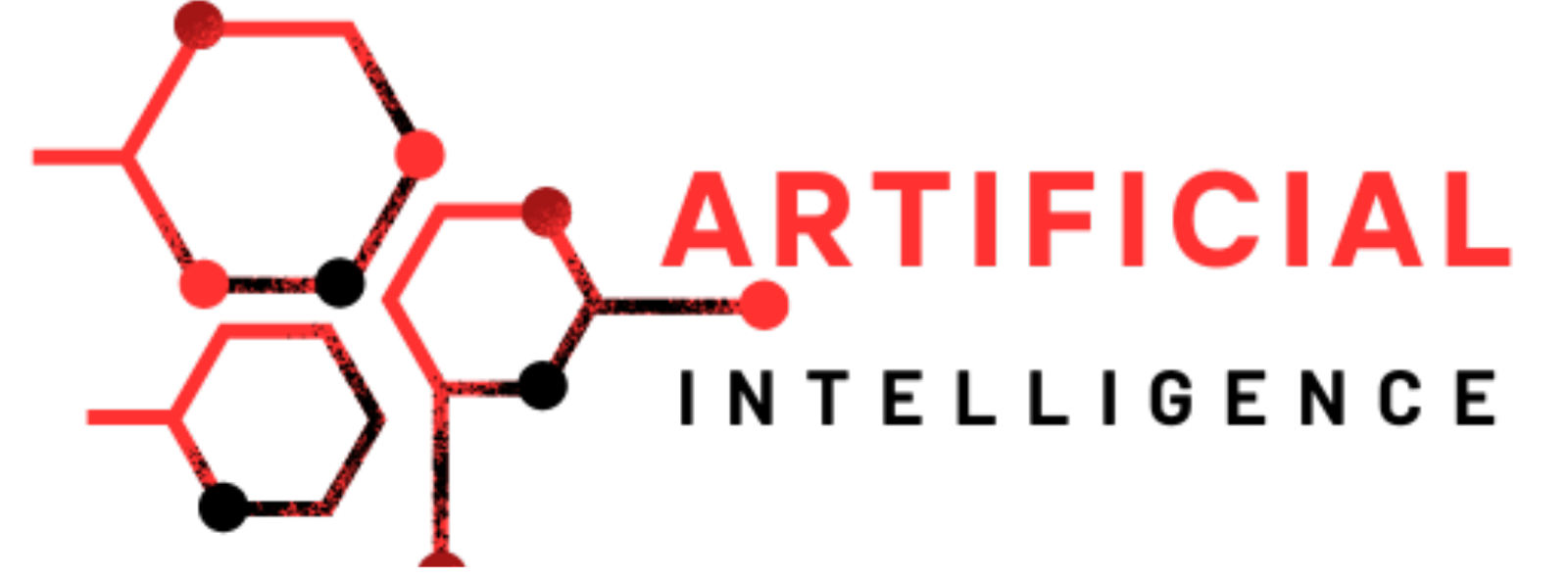How do drug discovery and development contribute to healthcare advancements ?
In the realm of healthcare, drug discovery and development stand as cornerstones of medical progress, offering innovative solutions to address unmet medical needs and improve patient outcomes. This article delves into the dynamic world of drug discovery and development, exploring its significance, processes, challenges, and future directions in revolutionizing healthcare delivery and treatment options.
The Significance of Drug Discovery and Development:
Drug discovery and development represent the lifeline of modern medicine, driving innovation, breakthroughs, and advancements in therapeutic interventions. This multifaceted process involves the identification, characterization, and optimization of new drug candidates, from initial discovery to clinical evaluation and regulatory approval. The significance of drug discovery and development lies in its potential to transform the treatment landscape, offering hope to patients with debilitating diseases, chronic conditions, and unmet medical needs.
Processes in Drug Discovery and Development:
The journey of a drug from conception to market approval is a complex and iterative process that encompasses several key stages. The process begins with target identification and validation, where researchers identify specific molecular targets or pathways implicated in disease pathogenesis. Subsequent stages involve lead discovery, where potential drug candidates are identified through screening libraries of chemical compounds or through computational modeling and virtual screening approaches.
Once promising lead compounds are identified, they undergo extensive preclinical testing to evaluate their safety, efficacy, and pharmacokinetic properties in animal models. This preclinical phase serves to identify potential toxicities, assess drug metabolism, and inform dosing regimens for subsequent clinical trials. Following successful preclinical evaluation, promising drug candidates proceed to clinical trials, where their safety and efficacy are evaluated in human subjects through rigorous, multi-phase studies.
Clinical trials are conducted in three phases: Phase I trials assess safety and tolerability in a small cohort of healthy volunteers, Phase II trials evaluate efficacy and dosing in a larger group of patients with the target disease, and Phase III trials confirm safety and efficacy in a larger, more diverse patient population. Upon successful completion of clinical trials, drug developers submit applications for regulatory approval, where regulatory agencies such as the FDA or EMA evaluate the safety, efficacy, and quality of the drug before granting market authorization.
Challenges and Considerations:
Despite the promise of drug discovery and development, the process is fraught with challenges, uncertainties, and high attrition rates. One significant challenge is the lengthy and costly nature of drug development, with the process typically taking over a decade and costing billions of dollars from discovery to market approval. Moreover, the high failure rate of drug candidates, estimated to be over 90%, underscores the need for improved predictive models, biomarkers, and translational research tools to enhance the efficiency and success rate of drug development efforts.
Additionally, the complex nature of diseases, patient heterogeneity, and variability in drug response pose challenges in identifying and validating suitable drug targets and biomarkers. Furthermore, regulatory hurdles, intellectual property considerations, and market dynamics present barriers to entry for small biotech companies and academic researchers seeking to translate scientific discoveries into commercially viable therapeutics. Addressing these challenges requires collaboration, innovation, and investment across academia, industry, and government agencies to streamline processes, improve predictive models, and accelerate the translation of scientific discoveries into clinical therapies.
Future Directions and Opportunities:
Looking ahead, the future of drug discovery and development holds tremendous promise for further innovation and impact in healthcare. Emerging technologies such as artificial intelligence, machine learning, and high-throughput screening techniques offer opportunities to streamline drug discovery processes, identify novel drug targets, and repurpose existing drugs for new indications. Moreover, advances in genomics, proteomics, and personalized medicine hold the potential to transform drug development by enabling more precise targeting of patient subpopulations and tailoring treatments to individual genetic profiles.
Furthermore, collaborative initiatives such as open innovation platforms, public-private partnerships, and consortia aim to accelerate the pace of drug discovery and development by fostering data sharing, resource pooling, and precompetitive collaboration. Moreover, regulatory agencies are exploring innovative regulatory pathways, such as expedited review programs and adaptive trial designs, to facilitate the development and approval of breakthrough therapies for patients with urgent medical needs.
Conclusion:
In conclusion, drug discovery and development represent the cornerstone of modern medicine, offering hope, innovation, and therapeutic breakthroughs for patients worldwide. Despite the challenges and uncertainties inherent in the process, the relentless pursuit of scientific discovery, coupled with advances in technology and collaborative efforts across academia, industry, and government, continues to drive progress and transform healthcare delivery. As we navigate the complexities of drug development, it is essential to remain vigilant, adaptive, and committed to translating scientific discoveries into safe, effective, and accessible treatments that improve patient outcomes and enhance quality of life. Through concerted efforts and collective action, drug discovery and development will continue to shape the future of healthcare, offering new hope and possibilities for patients and society as a whole.

.png)
.png)
.png)
.png)
.png)
.png)

.png)
.png)
